 In Indie Fiction, Monkeybicycle is sort of like the cool older popular boy to me but if the cool older boy were cool because he was full of integrity, heart, hard work, taste, solidarity, un-bad-way charm and just being good.
In Indie Fiction, Monkeybicycle is sort of like the cool older popular boy to me but if the cool older boy were cool because he was full of integrity, heart, hard work, taste, solidarity, un-bad-way charm and just being good.
Q (Nicolle Elizabeth for Fictionaut): Hello Steven of Monkeybicycle. I come in peace. You have a Monkeybicycle Fictionaut group going. How’s it been?
A (Steven Seighman, Monkeybicyle): It’s going well. Membership increased pretty quickly, which is nice. I wish I had more time to post things in the forum, but everyone has been very responsive to the tings I have in there so far, so there is some great dialog happening, which is what I had hoped for. And people are posting a lot of stories as well.
Q: Please talk about Monkeybicycle with us, tell us everything. Sit on my knee, I will brush your hair.
A: Hmm, I’m not sure what to say here other than Monkeybicycle is a literary journal that exists both online and in print. We’ve evolved quite a bit since starting back in 2002, and it’s been a lot of fun. As of two years ago, we’re an imprint of Dzanc Books, which has certainly been helpful in broadening our readership and makes it possible for us to put out our print issues with some consistency. That was a struggle early on.
One other thing that happened recently that makes us a much better, much more read journal is the addition of Jessa Marsh as web editor. I think the selections she’s making for the site are just fantastic and are really attracting a new set of readers that we didn’t have before. In some ways, that’s the most important job at Monkeybicycle; since the site is updated twice per week (Mondays and Fridays) there is a lot more pressure on her to consistently find good work and she’s been doing it every single week.
When I started Monkeybicycle in Seattle, one of the things that was a staple of the enterprise was a monthly reading series that I ran with my co-editor at the time, Shya Scanlon. Since I moved to New York, the reading series stopped, and Jessa is helping to bring it back to life in Chicago. She put together an event recently with some fantastic readers and it had a great turnout. We’re looking to do more of that–in both Chicago and NYC–to make it an important part of what Monkeybicycle is all about again. Ultimately, Monkeybicycle is just out to publish great work and do as much for the literary community as we can. We’re so happy to be a part of it and want to help both publishers and authors to thrive.
Q: How has Fictionaut been working toward Monkeybicycle’s goal of being awesome? New voices uncovered? New editors hired? etc?
A: I wish I had more time to spend on Fictionaut. I find it far more productive than sites like Facebook or whatever else is out there. It seems like this site has a specific focus and makes it easier to find like-minded people (because that’s all there is here!) and really helps the literary community as a whole. We’ve seen a lot of submissions come from the folks on here and I’ve certainly gained a lot of information from conversations I’ve had with various folks in these pages. Fictionaut is doing quite a service for all of us.
Q: Why is it called Monkeybicycle?
A: The name Monkeybicycle is just two random words thrown together. I think I muttered it in reply to some crazy character who confronted me on the street in Seattle after I watched Steven Soderbergh’s Schizopolis. Some people love the name, and others hate it. Whatever the case, I think it’s at least pretty memorable.
Q: What are some things to read which Monkeybicycle can suggest to us?
A: I actually just wrote a post on Monkeybicycle’s blog about some new titles from our past contributors that I thought would make great holiday gifts. One of them was Stefanie Freele’s new collection, Feeding Strays. That book is wonderful. Also, Laura van den Berg’s new book, What the World Will Look Like When All the Water Leaves Us, is just outstanding. Definitely the best book I’ve read this year. I might be biased because I was the book’s designer, but I really don’t think so. This is a collection that everyone in the Fictionaut community will love. Right now I am reading Eating Animals by Jonathan Safran Foer, which I’m finding to be incredible. I’ve always liked his writing style and the subject matter in this book–his first nonfiction title–is something that I’ve always had an interest in. If you’ve ever wondered where the food you eat comes from, I recommend this book. Though, you might not be ready for the answers you’ll get. And, of course, there are tons of fantastic journals out there as well. Places like Pank and Conjunctions have new issues out that I’m really excited about, and there are endless online destinations with a lot of fantastic work to read.
Q: What would Monkeybicycle like to see out of Fictionaut in the future?
A: I love the idea of Fictionaut and the groups and forums are a great service to the community. And the fact that people post their stories on here and get feedback is something that every writer can benefit from. I don’t know what I would add to make it better, but it’s been fun to see its evolution and I think whatever happens from here will be great. It’s like a cooler, more accessible, version of Zoetrope.
Q: Aren’t you excited for when all of these lovely writers start winning Pulitzers? It’ll happen.
A: That’s something I’ve never thought about, but I’m always very excited to see new work by people we’ve published. I especially love seeing things from those we published early on, because it means they stuck with writing and have grown. That’s such a great feeling to me. I know I have nothing to do with their abilities, but I can’t help but be proud of these folks. I don’t think Monkeybicycle has ever really published anything we didn’t believe in 100%, so seeing these people continue to get their work out there really makes me feel like what we saw in these writers was accurate, and now a lot of other people get to see it as well.
Q: Anything else you would like to tell me here. Secrets to how to ask out the popular girl included.
A: I don’t have any specific questions, no. But I will take a second to encourage everyone to continue supporting the small press community. It’s full of a lot of hard-working people who love what they do, and it takes a lot of involvement for everybody to thrive. I don’t know that I’ve ever seen a community full of such dedicated and passionate people, and I’m happy to be even a tiny part of it.
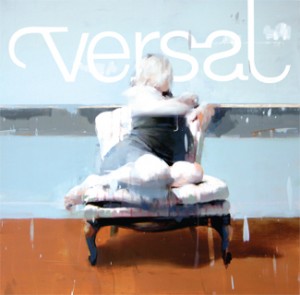
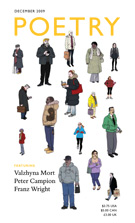
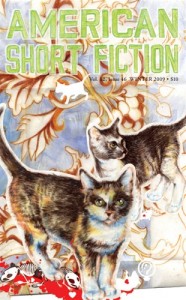
 Well, the only collection of short fiction I have published is named MLKNG SCKLS (Publishing Genius) which is “deleted scenes” from a larger project, a novel named Falcons on the Floor. So naturally, when readers are interested in those short works, they ask about the novel. Both genres feed one another in a healthy way. But that’s what I intended. SCKLS functions as a trailer of sorts for the novel.
Well, the only collection of short fiction I have published is named MLKNG SCKLS (Publishing Genius) which is “deleted scenes” from a larger project, a novel named Falcons on the Floor. So naturally, when readers are interested in those short works, they ask about the novel. Both genres feed one another in a healthy way. But that’s what I intended. SCKLS functions as a trailer of sorts for the novel.
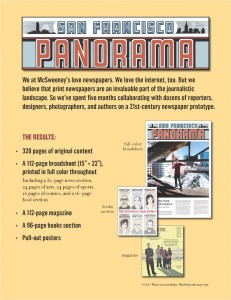
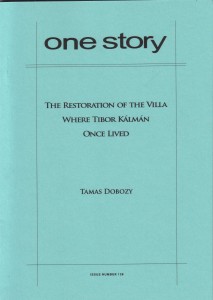
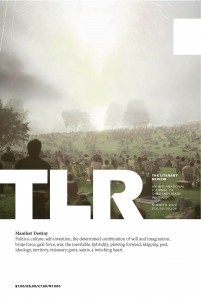

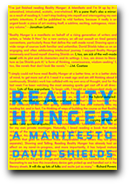
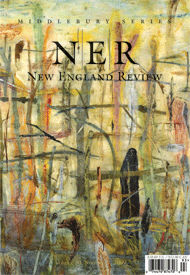

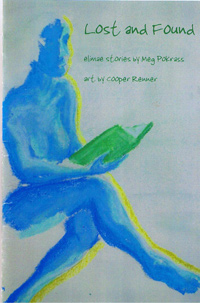 In a reversal of roles, today’s installment of the Fictionaut Five features regular interviewer
In a reversal of roles, today’s installment of the Fictionaut Five features regular interviewer 